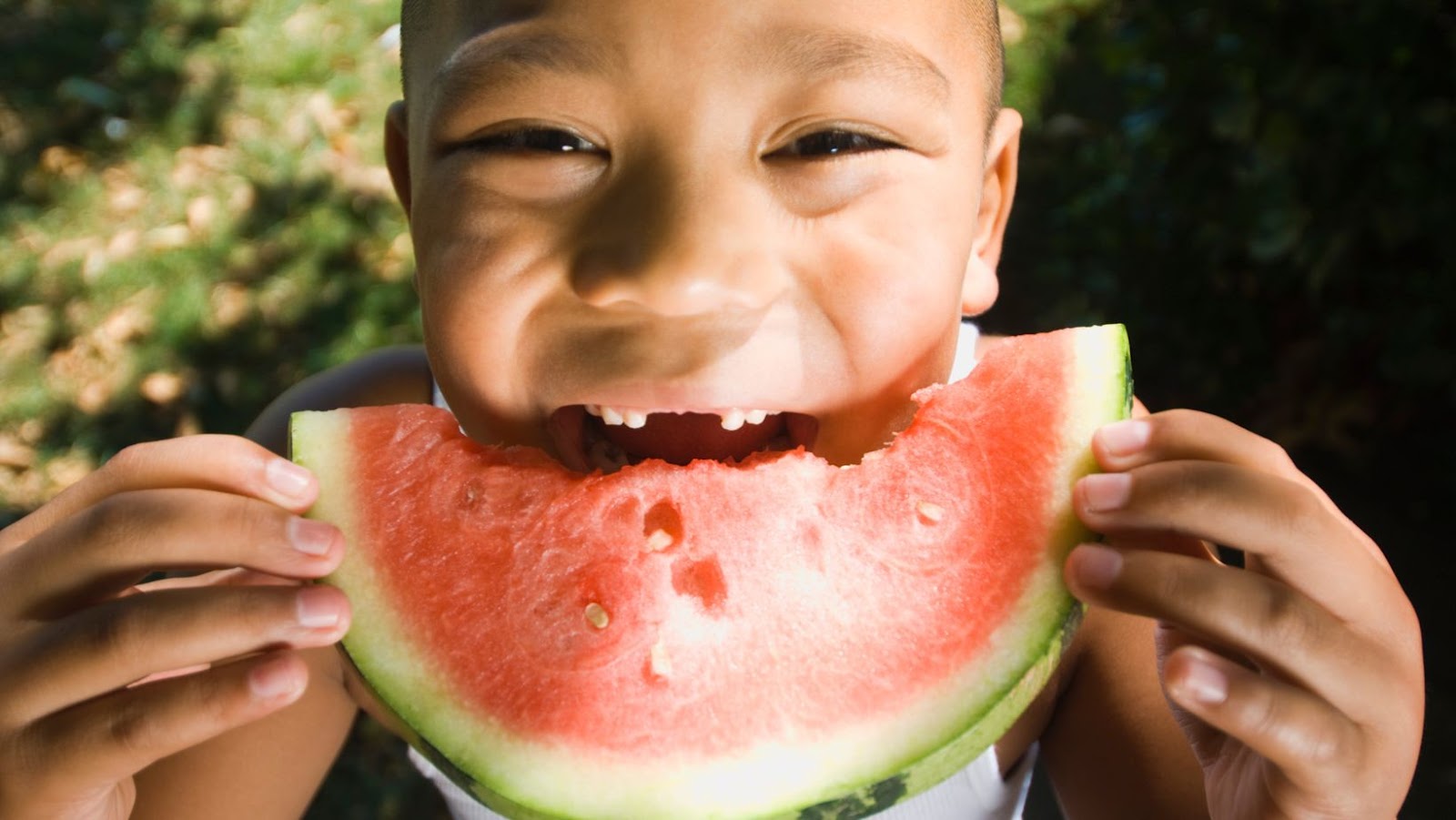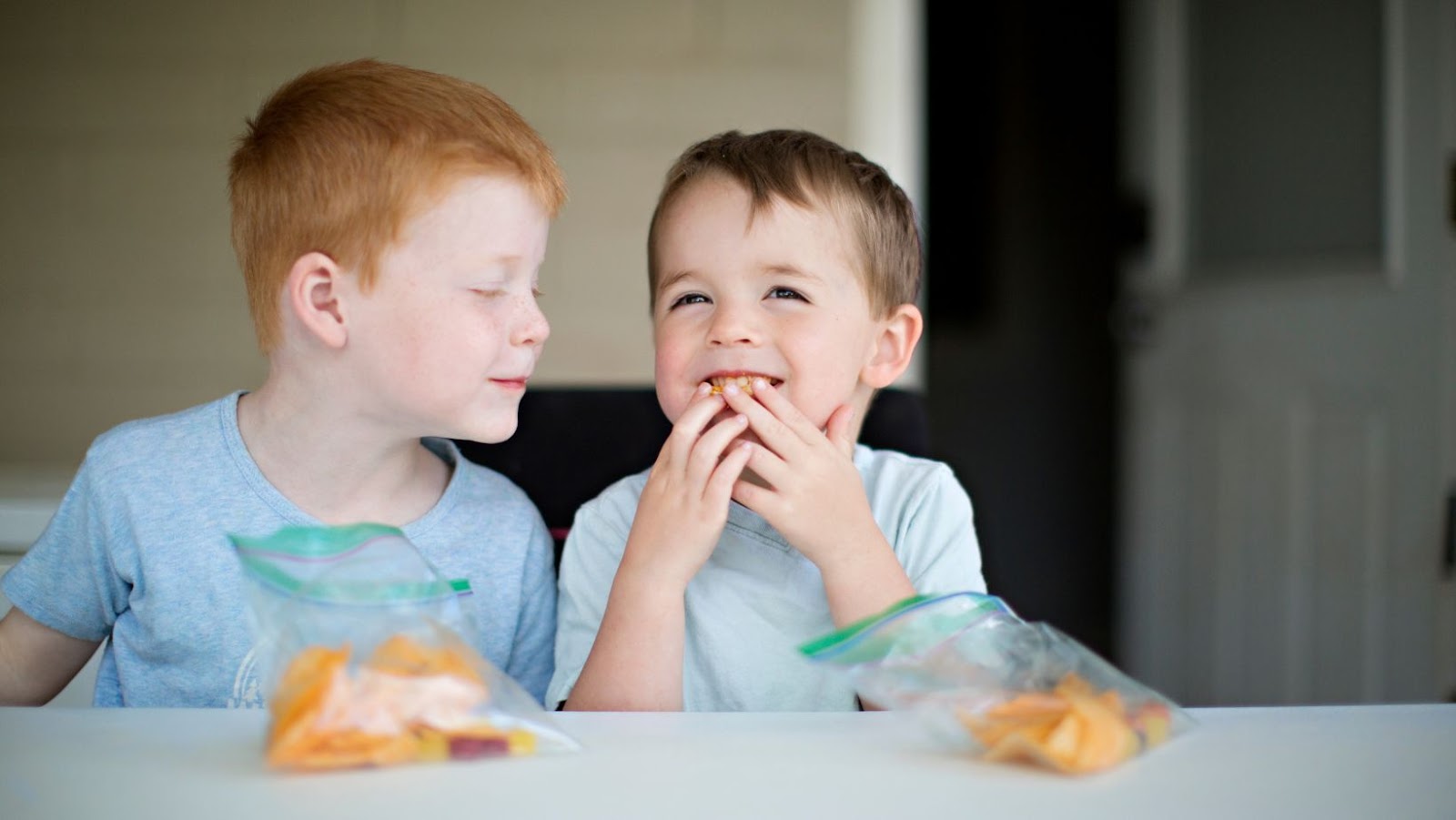Your kids probably ask you for sweet treats more often than you would want. Even if you like to spoil your children occasionally, you are committed to giving them the best possible start in life—and that tends to mean managing your sweets and other foods. Teaching your kids healthy eating habits and getting active with them through fun family activities can help them maintain a healthy mind and body. You can head over to Play Eat Grow for a variety of enjoyable activities to do with children.
Engaging your children in the cooking process is one of the finest ways to instill a love of food in them.
A healthy lifestyle will also be easier for your children to sustain as adults if they have good eating habits as young children. Your child can establish a positive relationship with food by interacting with it in enjoyable and interesting ways. Here are 10 practices you may engage in with your children to foster lifelong healthy eating habits.
Get Them Cooking
Engaging your children in the cooking process is one of the finest ways to instill a love of food in them. Help your youngster choose nutritious dishes, then ask them to join you in the kitchen once in a while. While older children can be in charge of measuring materials and using tools like a garlic press or blender, younger children can assist with stirring and pouring (with your assistance, of course).
Plan Snacks Together
It’s important to teach children that snack time is not a time reserved for eating unhealthy things like candy. Plan multiple nutritious snacks with your child, including foods with the potential to become their favorites, like whole grain crackers with nut butter, fruit smoothie, celery with peanut butter, and raisins.
Take Your Kids Food Shopping
These activities will help you learn more about your kids’ eating habits, provide you with a chance to educate your kids about nutrition, and give your kids a sense of success. You want them to think the delicious dinner was partly their doing. Chances are they would also be more eager to consume the meals they helped prepare.
Meals Should Be Eaten Together
Try to make mealtimes enjoyable with good talks and sharing instead of a time for reprimanding or bickering.

Children may try to eat more quickly to avoid the table as soon as possible if mealtimes are unpleasant. In the long run, they might come to associate food with stress.
“No Tech While Eating”
The enemy of mindful eating is technology, such as smartphones and tablets. Before eating, have your family place all handheld electronics in a designated bowl (parents, set an example). Everyone should be able to relax, eat their meal, and actually be present at the table in that case.
As Much as Possible, No Food While Watching TV
Try to limit your eating to specific rooms in your house, such as the kitchen or the dining room. Eating in front of the television may make it difficult to notice when you’re full and may result in overeating.
Try NOT to Use Food as a Punishment or Reward
Children may start to fear that they won’t eat enough if food is withheld as punishment. Children may worry they will go hungry if they are sent to bed without meals, for instance. Children may want to eat whenever they have the opportunity as a result.
Try to limit your eating to specific rooms in your house, such as the kitchen or the dining room.
On the other hand, when sweets are given as a reward, kids may believe that it is superior or more valued than other foods. Children might receive the wrong message about veggies if they are told they couldn’t have dessert if they didn’t eat all of their vegetables.
Encourage Your Children to Eat Slowly
Eating slowly helps a child recognize when they are hungry or full. Ask your child to hold off on receiving a second helping or serving for at least 15 minutes to determine if they are actually still hungry. Thus, the brain will have enough time to recognize fullness. Furthermore, the second serving should be considerably smaller than the first. If you can, fill that second serving with more vegetables.
Stick to Water
Another strategy to ensure your kids stay healthy is to promote frequent water consumption. The simplest approach is to limit the amount of sugary beverages you bring into the house and to promote everyone to drink water with meals.

Water helps your kids’ bodies by preserving their energy and improving skin health. Drinking enough water will also aid in enhancing their digestion and their general health as a result.
Encourage Physical Activity They Enjoy
A healthy diet and exercise go hand in hand. Encourage your child to participate in their favorite activities, whether it’s basketball, swimming, biking, or dancing. You can also take the family for walks after supper or play hoops or soccer with your children in the backyard or neighborhood park. Kids are more likely to continue this healthy habit as they age if you start them young. These healthy approaches should help encourage good eating in your kids. More importantly, your children should be more health-conscious when making decisions when you set an example at home.


